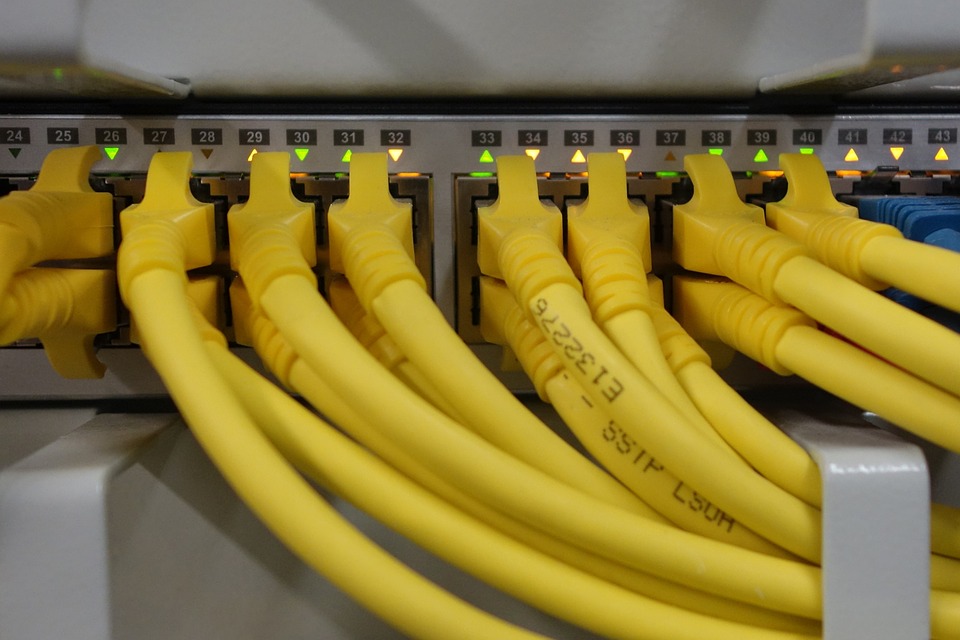EtherCAT for High Performance Motion Control
EtherCAT is a real time, deterministic and open Ethernet fieldbus that offers the best industrial networks. In light of this, manufacturers of automation equipment use EtherCAT for device implementations geared towards boosting flexibility and performance. On the other hand, automation and end user system designers can utilize their EtherCAT compliant devices to get their job done. Such unique benefits are what make EtherCAT the preferred option among automation and motion control applications.
EtherCAT in motion control
EtherCAT application in a dedicated motion control platform fully directs synchronization and control. Notably, sophisticated motion controllers are implemented on central control platforms; a design fact that is triggered by the need to fully synchronize servo updates from all axes by the controller. This ensures that multi-axis motion trajectories are executed in a coordinated manner. Centralization allows motion controller algorithms to gain access to real time motion and servo data while operating at a central processor’s speed. However, central processor resources reduce as axes increase in number. As such, the processor resources designated for real time control should be adequately distributed across the axes in a bid to reduce servo-update rates and lower performance.
Another motion controller platform architecture utilizes distributed processing and relies on powerful machine PC-based processor units to manage machine control responsibilities. However, it does not handle real time control algorithms; they are executed by SPs (Servo processors). A servo processor is assigned one or two axes to control. As such, servo processors are added as the axes are added to ensure a fixed update rate that is independent of axes numbers. The distributed processing architecture offers higher performance in coordinated motion control.
A distributed processor architecture based on real time platform with EtherCAT offers the synchronization, flexibility and bandwidth that matches centralized control power while guaranteeing the benefits of a distributed network. Notably, some of the processors that utilize this approach control up to 64 coordinated axes under a 20 kHz update and sampling rate. This includes; velocity, current loops, position and communication. With the use of a (COE) standard CAN over Ethernet protocol, the distributed processor facilitates the integration of different cross vendor devices like I/O modules and motor drives complying with the platforms standard. Additionally, motion programming languages, tools and development environments on dedicated control platforms assist system integrators and machine builders to save time and costs during implementation or high performance and powerful motion controls.
Note that, the efficiency of the “processing on the fly” mode of data transfer used in EtherCAT protocol positions it as the ideal option for use in high-bandwidth applications like servo control. Full machine controls can be constructed using dedicated motion control platforms that guarantee high speed update rates and synchronization. This approach offers higher performance as compared to network based solutions yet it requires minimal software and hardware integrations.
